The ground shifts beneath marketers’ feet every few months, it seems. It’s hard not to feel like you’re constantly struggling to keep up. Learning a new discipline or technology takes time, and by the time you accomplish that, the next Big Thing has already supplanted it.
This is especially true in the B2B world, where sales processes can be long and markets can be volatile, but keeping the pipeline full often lands heavily on marketers’ shoulders.
Amidst this chaos, we’re all forgetting something very important. Even as technology advances and the business world gets rocked by one trend, one policy, one cultural shift at a time, one truth never changes:
We are all still people trying to reach other people.
And when it comes to marketing our products or services, that truth must dictate all of our decisions, especially when it comes to the content we produce.
The modern consumer—even in the B2B context—doesn’t want to be forcefully sold to. They seek connection and understanding, which means even the most technical B2B organizations must step out of their safe space and humanize their brand with content that can appeal to an ever-evolving professional audience.
Content is the most effective way to create a positive brand experience and establish loyalty with a business customer base. But not every scrap of content needs to be about widgets and work. And even if it is, it doesn’t need to be bland.
So, are you ready to get really real with your audience?
Why Brand Matters to B2B Customers
Yes, brand does make a difference with the B2B crowd. In fact, statistics show that they actually care about it more than B2C customers. In fact, 39% of business purchase decisions are driven by brand, whereas only 27% of consumer purchase decisions are.
And it makes sense. Business purchase decisions have long-lasting effects and there are often many different stakeholders involved, so a lot more thought is typically put into them.
In the B2C world, consumers tend to switch brands with ease. Usually, it’s a product or service that is easily replaceable and barely an inconvenience. If you don’t like the brand of dish soap that you’re using, for example, simply go to the store and buy a different one. If you aren’t happy with your cell phone provider, you can switch with naught more than a phone call.
Businesses, however, are usually signed to lengthy contracts, and switching products or vendors can cause a slowdown while staff members adjust to a new system, new equipment, or new products necessary to do their jobs.
In short, business decision makers want to know that the companies they choose to sign with are reliable and have the promise of longevity—and it’s your job as a marketer to educate them on why your company fits the bill.
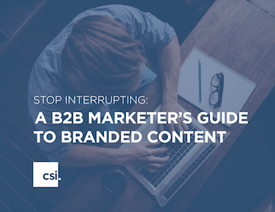 Pssst...this blog post is only the beginning.
Pssst...this blog post is only the beginning.
Download our free ebook to learn more about reaching your B2B prospects on a more human level with branded content!
Content: The Key to an Emotional Connection
B2B customers want to feel a connection with your brand because they need to know they can trust you. But how do you promote the humanity of your company and convince a professional audience that you’re worth the long-term business commitment?
Let’s explore the different ways you can use content to achieve this.
Content to Show Your Expertise
First and foremost, you want to be upfront about who you are, what you do, and why you do it. Your company’s effectiveness should be on full display, and there are many ways to do this utilizing content.
For starters, you can start blogging. This serves two purposes in the grand scheme of things.
First of all, it shows that you’re an expert in your field, so much so that you are able to instruct others on topics that matter to them and their companies. Secondly, it gives you a chance to show some personality.
Of course, how far you can go with the latter will largely depend on your industry, as well as your brand’s established guidelines. If you haven’t discussed internally what your brand voice sounds like, stop what you’re doing and start there—it will inform everything you produce.
Once you’ve done that, you can also create branded video content showcasing your products or services at work. Not only is this a great way to visually represent what you offer, but it’s another one of those times wherein you can showcase that unique brand voice to help your audience bond with you on an emotional level.
When creating branded content, you want to showcase WHY customers should choose you. Find a healthy balance between your effectiveness as an organization and your unique voice and personality to really drive that point home.
Content to Show Your People
One of the best ways to showcase the personality of your company is by showing off the people behind it. Your staff is your brand’s lifeblood; if you can sell their unique personalities, you can sell the overall effectiveness of the company while simultaneously putting a human face on it.
You can easily do this by creating videos which outline the company culture. This can also be conveyed through bios and spotlight videos on your website for key staffers that will be working directly with customers.
These introduction videos should highlight both their expertise and personality. Make sure you’re also highlighting your staff through social media content that conveys your brand’s unique voice and culture.
You should also have a detailed “About Us” page that tells prospective buyers everything they need to know about your company’s history and the people who work there.
Content to Engage People
Obviously, you can’t just blast content out into the void. You have to actually engage with your audience. One of the best ways to do that is through social media.
Yes, social media still works, even in a B2B context.
Interact with your customers directly via social media. This could include tweeting back and forth with them to answer questions or responding to comments on Facebook in a timely fashion.
Of course, one of the most effective ways to engage your audience via social media is to put out shareable content, whether it’s exclusive to a particular channel or a repurposing of other content that you’ve produced.
The key here is to reach people where they naturally spend their time online, and to provide information that will help solve their problems and answer their questions. By doing this, you can both make them aware of your company and earn their trust.
Speaking of which...
Content to Solve Real Problems
One of the core purposes of creating content is to show customers that you understand their pain points and can work with them to resolve their issues. In doing this, you humanize your brand by positioning it as a dependable partner.
For example, customer testimonial videos help to provide a glimpse into the perspective of customers who have already benefited from working with you—a powerful form of social proof. In fact, studies show that 92% of B2B buyers are more likely to buy something after reading customer reviews. Just imagine, then, how effective a video can be.
You can also showcase your ability to solve the real-life problems of your audience through other forms of content such as:
- Instructional how-to videos
- A detailed knowledge base page on your website
- Responsive customer service
As with any other type of content we’ve discussed, the point is not to make an aggressive sales push. There are enough interruptive ads and pushy salespeople out there. Educating prospects on ways to overcome their business issues should be your top priority here.
After all, a more informed prospect makes for a more qualified prospect. And when vetting a vendor, service provider, or product, important decision makers will take into account who it was that informed them.
Tying It All Together
Just as with B2C customers, B2B prospects have come to expect personalization and brands that they can count on. Investing in a more personal, 1:1 relationship with your audience can help exponentially boost your sales through the power of emotional connection and loyalty.
Remember, just because you’re targeting other businesses, it doesn’t mean that they aren’t run by human beings. Appeal to the human side of your audience and watch your success flourish!
.png?width=250&height=153&name=CSI-OverskiesRebrand_LOGO-01(smaller).png)

.png?width=100&height=61&name=CSI-OverskiesRebrand_LOGO-01(smaller).png)


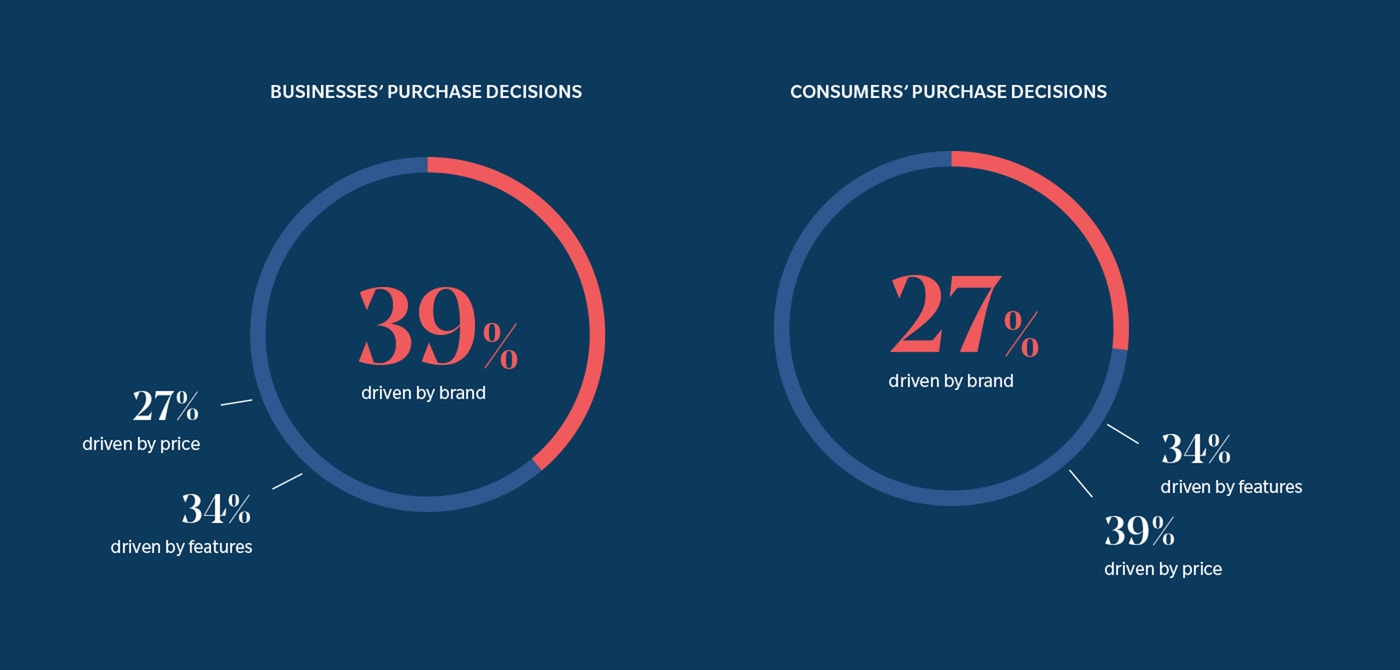

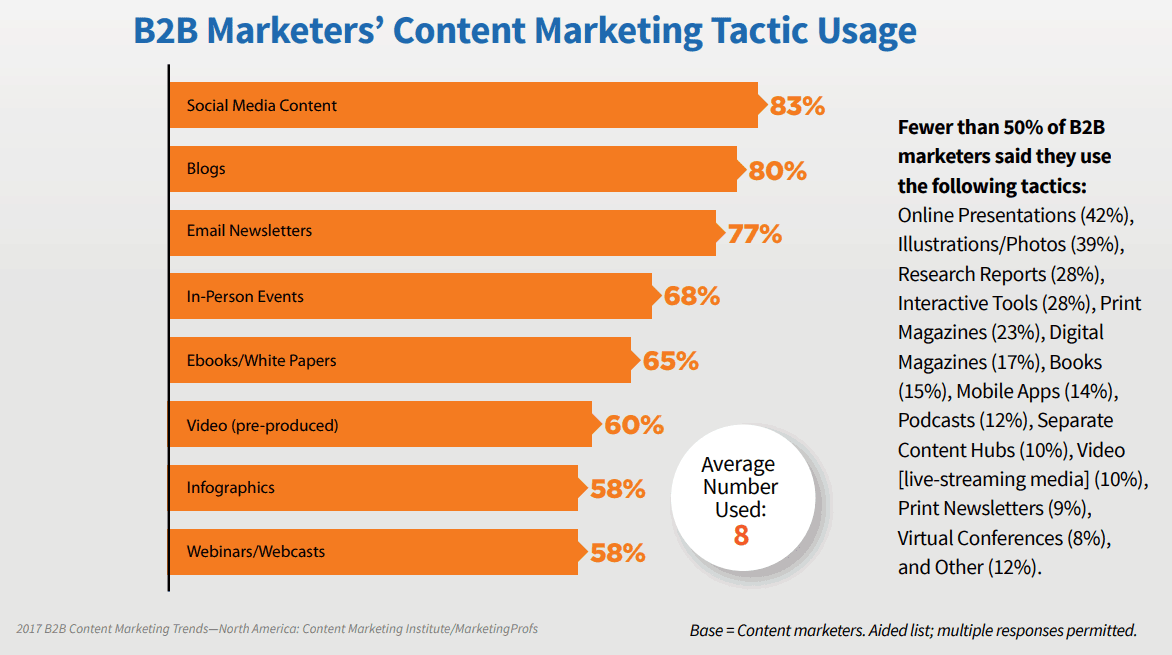
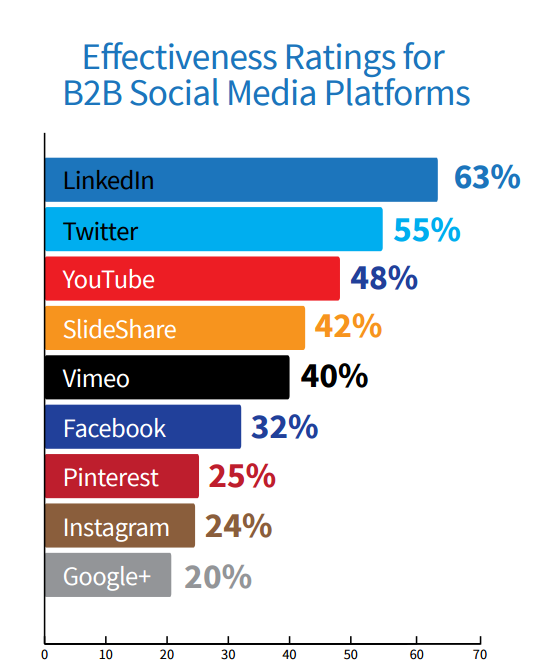

.png?width=88&name=CSI-OverskiesRebrand_LOGO-01(smaller).png)

